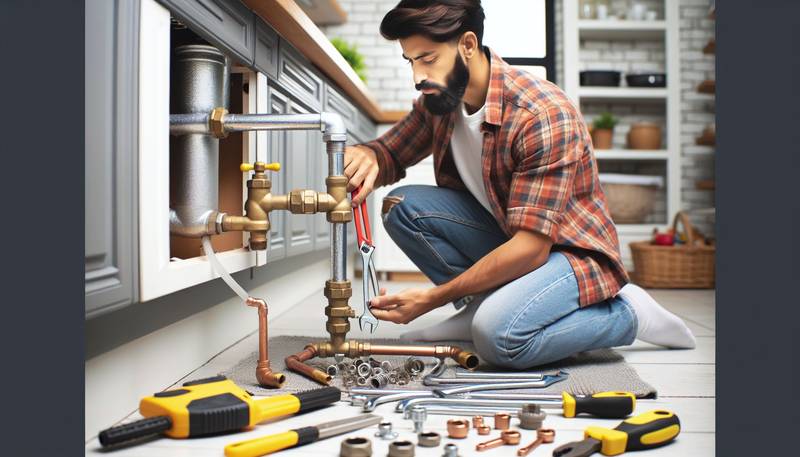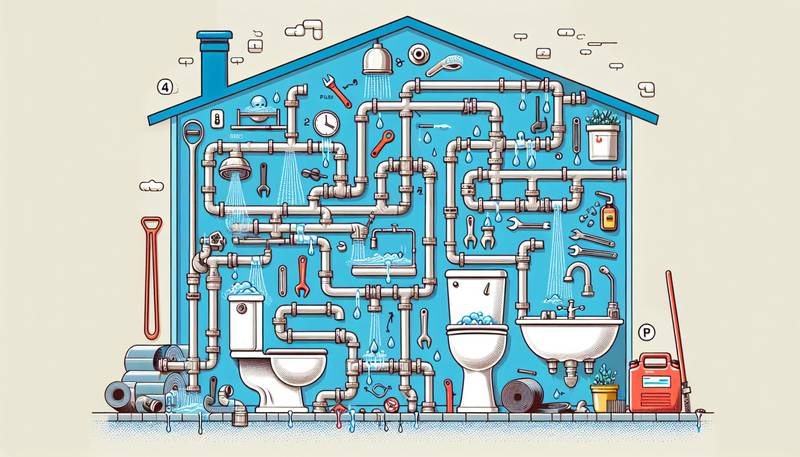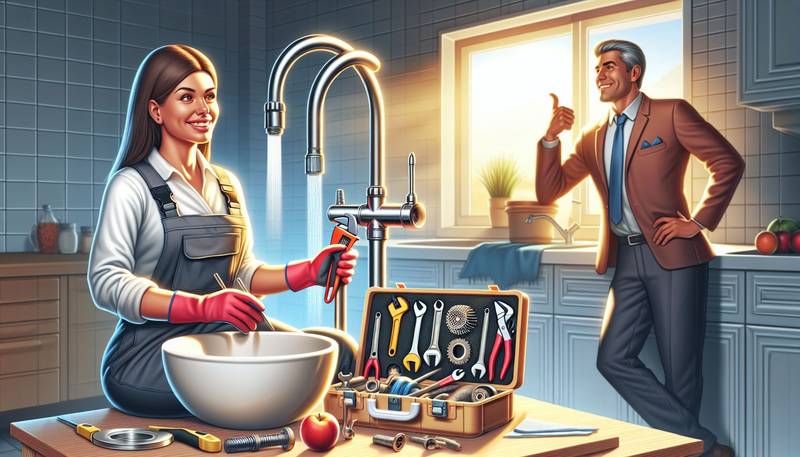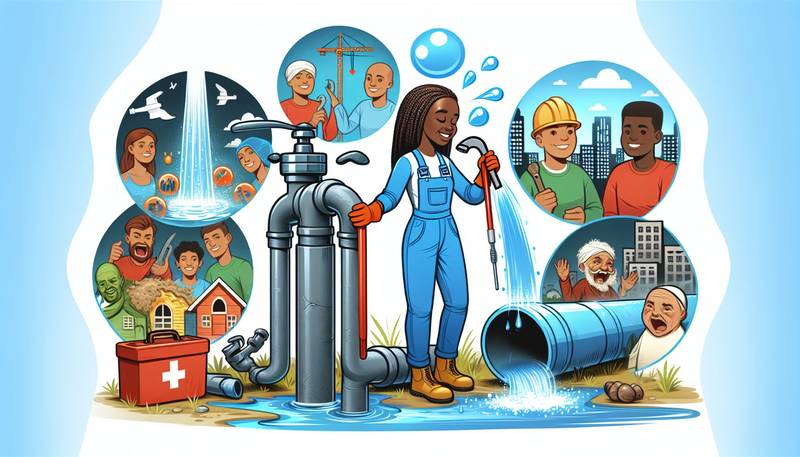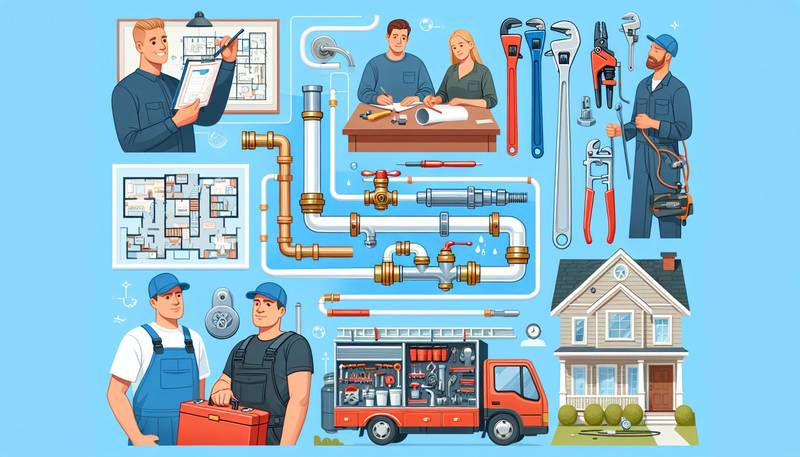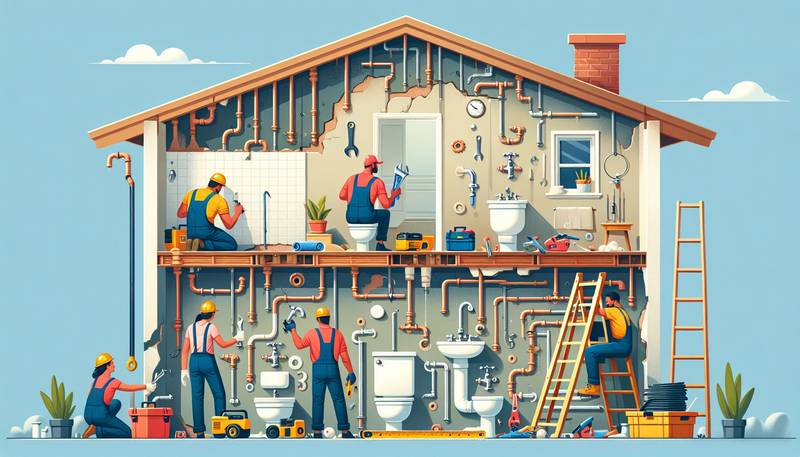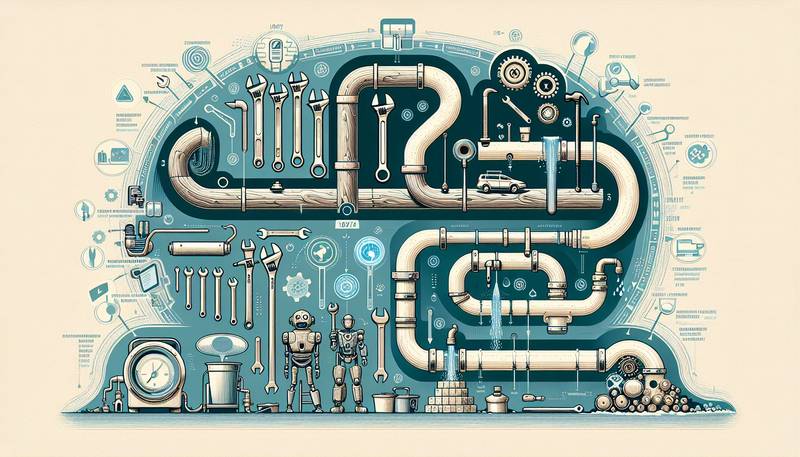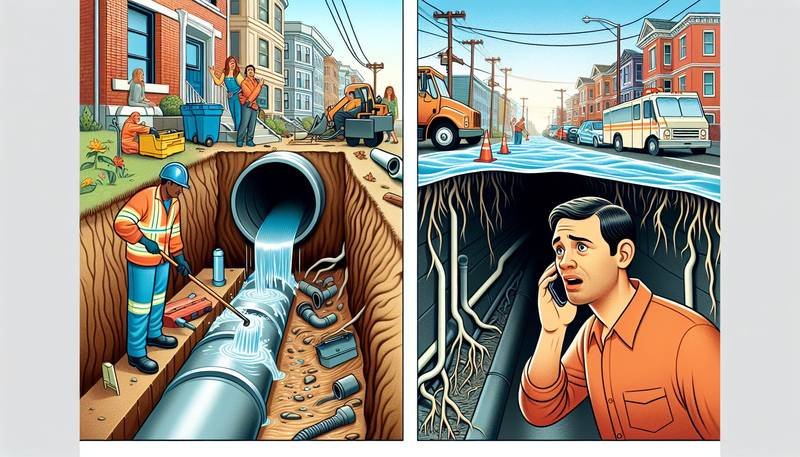Plumbing Safety: Best Practices for Professionals
However, working with plumbing systems can be hazardous if proper safety precautions are not followed. In this article, we will discuss some best practices for plumbing professionals to ensure their safety while on the job.
Proper Training and Certification
One of the most important aspects of ensuring plumbing safety is to have proper training and certification. Plumbers should undergo formal training and obtain the necessary certifications to work in the field. This training will not only teach them the technical skills needed to perform their jobs effectively but will also educate them on safety protocols and best practices. By being properly trained and certified, plumbers can ensure that they are equipped to handle any situation that may arise on the job.
Personal Protective Equipment
Personal protective equipment (PPE) is essential for plumbers to protect themselves from potential hazards on the job. Some common PPE items that plumbers should wear include gloves, safety glasses, ear protection, and steel-toed boots. These items can help protect plumbers from injuries such as cuts, burns, and falls. It is important for plumbers to wear their PPE at all times while working to minimize the risk of accidents.
Proper Tools and Equipment
Having the proper tools and equipment is crucial for plumbing safety. Plumbers should always use tools that are in good working condition and are designed for the specific tasks they are performing. Using the wrong tool for a job can not only be ineffective but can also pose a safety risk. Additionally, plumbers should regularly inspect their tools and equipment to ensure they are in good condition and replace any damaged or worn-out items.
Proper Lifting Techniques
Plumbers often need to lift heavy objects such as pipes, water heaters, and other equipment as part of their job. Lifting heavy objects incorrectly can cause strain on the back and lead to serious injuries. Plumbers should be trained in proper lifting techniques, such as bending at the knees and using the legs to lift items rather than the back. Using mechanical lifting aids such as dollies or hand trucks can also help reduce the risk of injury while lifting heavy objects.
Hazard Identification and Mitigation
Before starting any plumbing job, plumbers should always conduct a thorough assessment of the work area to identify potential hazards. This includes looking for things like exposed wiring, slippery floors, and confined spaces. Once hazards have been identified, plumbers should take steps to mitigate them, such as cleaning up spills, securing loose wires, and ensuring proper ventilation in confined spaces. By identifying and addressing hazards before they become a problem, plumbers can minimize the risk of accidents on the job.
Proper Communication
Effective communication is key to ensuring plumbing safety. Plumbers should always communicate with their team members and supervisors about the tasks they are performing, potential hazards, and any safety concerns. By keeping everyone informed, plumbers can work together to ensure a safe work environment. Additionally, plumbers should communicate with their clients about any safety protocols they need to follow while work is being performed in their homes or buildings.
Conclusion
Plumbing professionals play a vital role in ensuring the safety and functionality of plumbing systems in our homes and buildings. By following best practices for plumbing safety, plumbers can minimize the risk of accidents and injuries on the job. Proper training, personal protective equipment, proper tools and equipment, proper lifting techniques, hazard identification and mitigation, and effective communication are all essential for maintaining a safe work environment. By incorporating these best practices into their daily routines, plumbers can ensure their safety and the safety of those around them.

